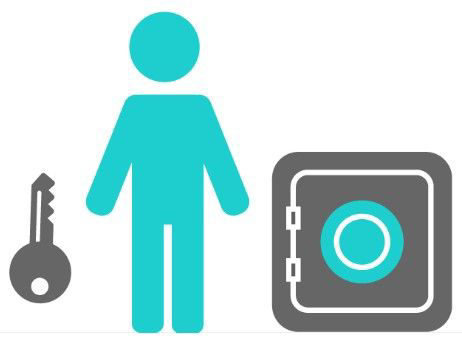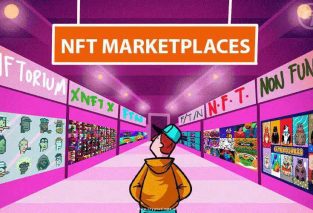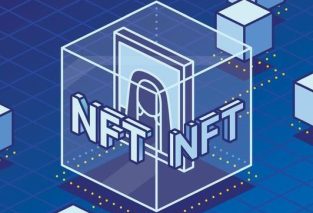Exploring the world of crypto and NFTs requires picking up their unique terminology to stay educated. One such term is “Sweep the Floor”, which is actually simpler to understand than it might seem. Yet, to understand this, you must first be acquainted with the meanings of specific terms.
What are NFTs?
NFTs (non-fungible tokens), are unique assets that have been tokenized on a blockchain, giving them distinct identification codes and metadata. Unlike cryptocurrencies, which are interchangeable, NFTs cannot be freely exchanged on a one-to-one basis. In order to store your NFTs, a wallet is necessary.
To learn more about NFTs, read this article
What is a wallet?
wallets serve as digital stores, to manage, and interact with cryptocurrencies and other digital assets securely. Unlike traditional wallets, which primarily hold physical cash and cards, blockchain wallets operate on the principles of cryptography and decentralized ledger technology.
To learn more about wallets, read this article.
What does “Floor Price” mean?
The floor price is the lowest price of an on-sale NFT in a collection. think of a collection of 10 NFTs and all, are currently up for sale. Among these, 9 of them are on sale for 30 TONCoins each, whereas one of them, has a cheaper price of 2 TONCoins. As a result, the floor price for this collection is set at 2 TONCoins, representing the lowest cost at which you can obtain any NFT from this collection.
What does “Sweep The Floor” mean?
In NFT context, essentially retains its dictionary meaning, but with a twist. Here, sweeping is defined as purchasing NFTs at their floor price. Sweep the Floor has implications for both project owners and buyers. Owners engage in it by purchasing all NFTs at the Floor Price, while buyers do so by acquiring either all the available tokens or a substantial number of the project’s NFTs. This is similar to purchasing and reselling event tickets with added value. When a Floor Sweep happens, it means that a large number of tokens have been bought at once. Buyers decide to “sweep the floor” due to experiencing a sudden increase in their value. This can be done by individual buyers or entities looking to invest in NFTs. The goal is to acquire these NFTs at a relatively low cost, anticipating that their value may increase over time.
Buyers often use automated tools known as “sniper bots” to perform floor sweeps. These bots are computer programs designed to quickly identify and purchase NFTs as soon as they are listed for sale at or near the floor price. They scan various NFT marketplaces and react instantly when they find NFTs meeting their predefined criteria. Sniper bots are programmed to not just buy any NFTs, but specifically target newly minted NFTs that are believed to have significant potential for value appreciation. This potential can be based on factors such as the popularity of the project, the reputation of the creators, the uniqueness of the artwork or content, or the general market sentiment surrounding the collection.
When a new collection of NFTs is released, and the floor price is set, sniper bots monitor the marketplace for any NFTs listed at or near that floor price. As soon as such NFTs become available, the bots automatically make the purchase, often beating human buyers to the transaction due to their speed and efficiency. Once buyers, either human or bots, have acquired a substantial number of NFTs through a floor sweep, they hold these assets in their digital wallets. The idea is that over time, if the collection gains popularity, scarcity, or recognition, the value of these NFTs could increase. This potentially allows the buyers to sell these NFTs later at a higher floor price, thereby realizing a profit.
Get deep in blockchain and NFT points of view, where every term is a key to unlocking a world of digital wonders and endless possibilities.




